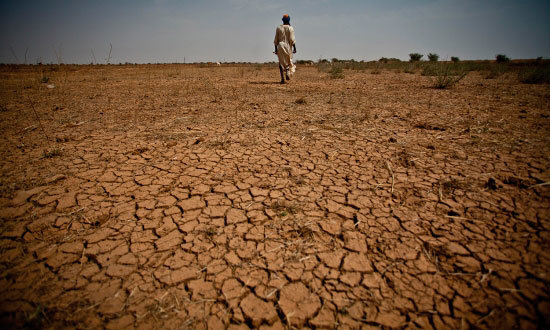In 2023, all records for high temperatures have been broken, and extreme floods and droughts, megafires and heat waves are now regular occurrences in Latin America and the Caribbean.
Today the region is facing a renewed challenge: the manifestation of the El Niño phenomenon, which has increased sea surface temperatures, wreaking havoc on fisheries and threatening to intensify climatic shocks such as drought. This is especially worrisome for the agricultural sector. According to recent FAO figures, agriculture and its products account for 82% of total economic losses due to this type of event, and 23% of total damages and losses due to disasters.
That is why it is vital that we adopt innovative and scalable solutions to prevent and reduce these losses.
Forecasts and warnings allow us to implement anticipatory actions to reduce risk and mitigate potential impacts, and not wait for emergencies to occur before taking action.
They also help us prepare for disasters that we cannot avoid, ensuring faster and more efficient responses to emergencies, thus preserving people’s dignity.
FAO has supported countries to implement drought preparedness measures in Honduras, Guatemala, El Salvador, Nicaragua, Bolivia, Venezuela and Colombia. These actions include infrastructure for water capture, storage and management and irrigation systems to improve water use. In Ecuador, assistance is also being provided to prepare for the El Niño phenomenon through the implementation of drainage systems and canal cleaning.
FAO has also launched a response plan to mobilize more aid for vulnerable communities in Latin America, with the aim of supporting more than one million people in several countries in the region. These efforts are being deployed in addition to a broader climate change adaptation program.
In short, building climate resilience capacities is the only way to protect people’s livelihoods, for better production, better nutrition, a better environment, and a better life. We shared part of the work we are developing during this year’s Climate Week in Panama, where the countries of the region put the importance of climate action at the center of the table.
*Adoniram Sanches is the Subregional Coordinator for Mesoamerica and FAO Representative in Panama and Costa Rica; and Marion Khamis is FAO Disaster Risk Management and Resilience Specialist for Latin America and the Caribbean.
mh









